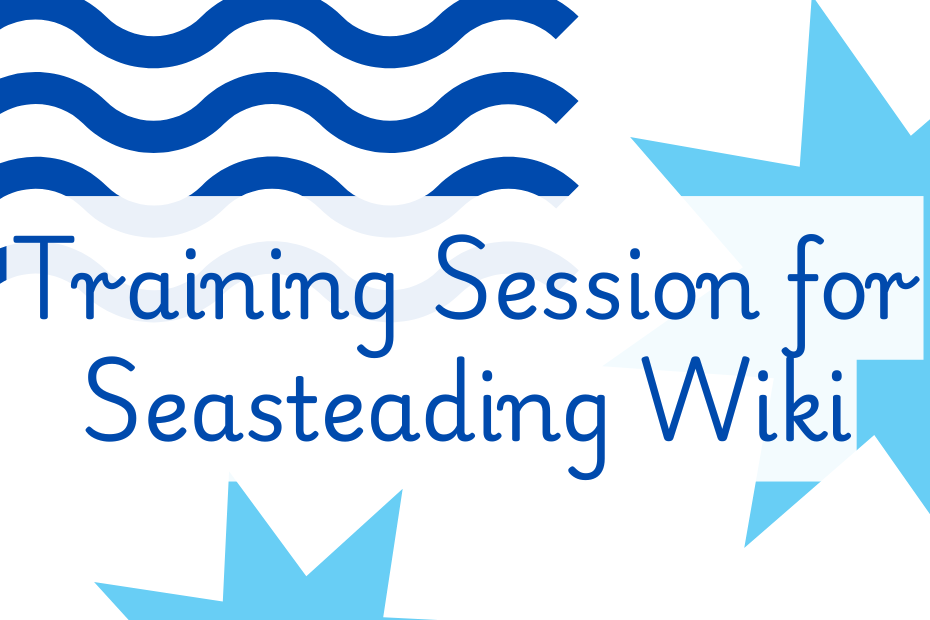 In addition to bolstering our professional research into critical challenges posed by seasteading, the Institute is also looking to partner with highly motivated university-level students who want to conduct seasteading-related research for school credit. We were thus pleased to hear from Sean Hickman, an economics student at Amsterdam University College, who was interested in researching flag registry for early seasteads to fulfill a degree requirement. Our early research indicates that ship-based seasteads will have to fly the flag of an existing nation in order to be internationally recognized and protected from arbitrary interference by governments or foreign invasion from pirates.
In addition to bolstering our professional research into critical challenges posed by seasteading, the Institute is also looking to partner with highly motivated university-level students who want to conduct seasteading-related research for school credit. We were thus pleased to hear from Sean Hickman, an economics student at Amsterdam University College, who was interested in researching flag registry for early seasteads to fulfill a degree requirement. Our early research indicates that ship-based seasteads will have to fly the flag of an existing nation in order to be internationally recognized and protected from arbitrary interference by governments or foreign invasion from pirates.
Sean’s study of Flagging Options for Seasteading Projects, which gave us many new answers (as well as some new questions) is now available for the benefit of all present and future seasteading entrepreneurs and investors. Sean also created a video presentation of his research.
Shortly after contacting us, Sean visited our office to discuss the project before diving into the research, and after another few weeks he submitted a paper detailing the flagging requirements for seasteads based on various treaties and international laws, the organizations with a stake in the future of such requirements, as well as six case studies of countries that appear to be the most likely candidates for flag registration. All six of the countries examined operate open registries, which allow vessels to fly their so-called “flags of convenience” and benefit from the services of the registry and legal systems of the registry country, regardless of the ship owners’ nationality. The paper employs a logical methodology for limiting the case studies to only include internationally reputable registries, using rating conventions employed by port authorities around the world as a proxy for overall trustworthiness.
In addition to refining the flagging options for seasteads and laying out each of their advantages and disadvantages, the paper highlights several future directions for research, including a study of complicating factors arising from certain open registries’ connections to other countries (such as the U.S. and U.K.), and an analysis of the possibility that the “genuine link” principle could be enforced in the future, preventing open registries from operating. We are eager to investigate these topics, and welcome volunteer support from students and non-students alike.
The Institute extends our gratitude to Sean for his work on this project. Thanks Sean!

Thank you Sean and TSI for doing this research!
I’m particularly interested in the first paragraph at page 5, which states that ” The area 12 nautical miles beyond the edge of a nation’s territorial waters is known as the contiguous zone, in which the state can still enforce laws relating to customs, taxation, immigration and pollution”.
Depending on how you read UNCLOS Article 33, the case may be more nuanced:
This can be read to mean that as long as the coastal state perceives no intent of infringement of its regulations within its territory or territorial sea, and of course as long as such infringement has not already occurred, a seastead could be legally stationed just 12.1 nautical miles from the coast, and not be subject to the coastal state’s laws and regulations.
Ensuring that no infringement is intended could be helped, for instance, by a proactive relationship with the coastal state, and by securely mooring the seastead firmly outside the territorial waters line.
Would love to hear your thoughts on this.
Thanks for the research Sean. Alot of good information I didn’t know.